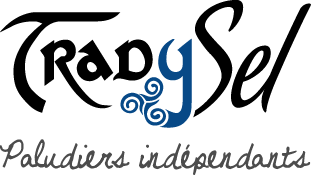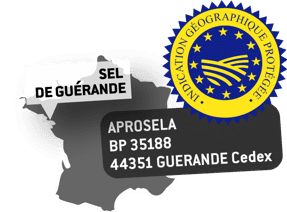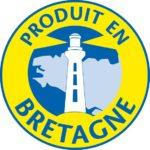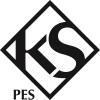The quality approach
From its creation, quality approach has been part of the company values.
- Quality of human relations within the company, with our providers, service provider
- Quality of service, respect for clients, agreements, payment terms, deliveries
- Quality of the products purchased and marketed.
At each life stage of these crystals, TRAD Y SEL has implemented specifications detailing the good practices and the company’s expectations in terms of harvesting, transportation and storage of the salt.
Continuous improvement to packaging processes is a major challenge for TRAD Y SEL’s teams. To analyse the potential risks at each production stage, the company uses the HACCP method.
Since 2021, the paludiers and the company Tradysel are committed to the voice of Social and Environmental Responsibility. We want to have a positive impact on our territory, whether it be environmental, economic or social.
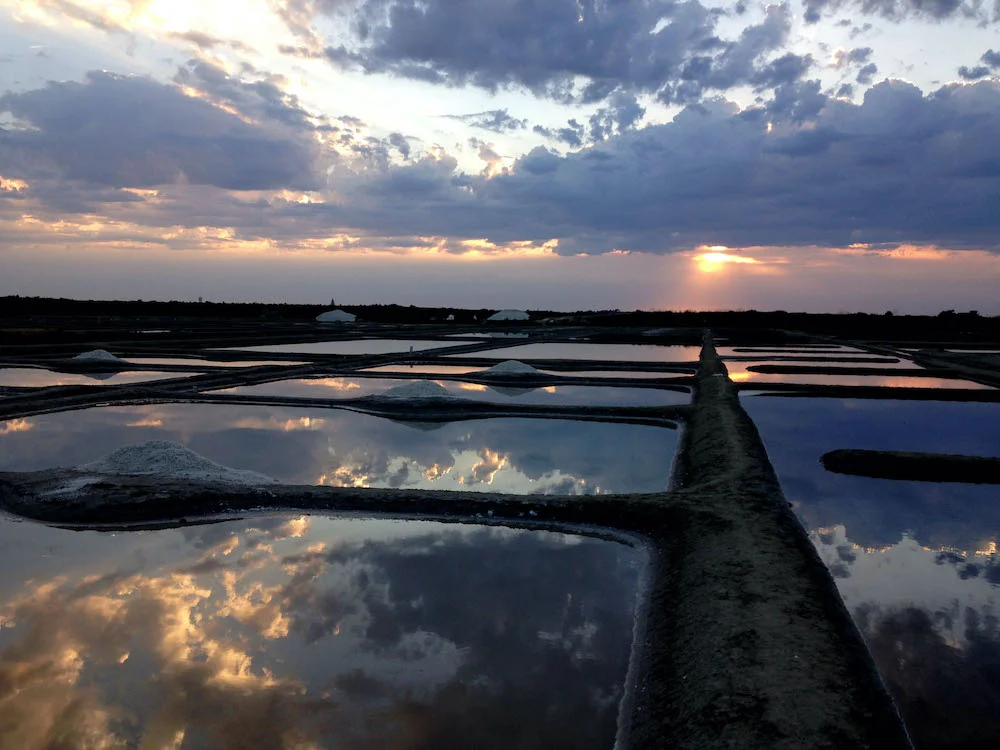
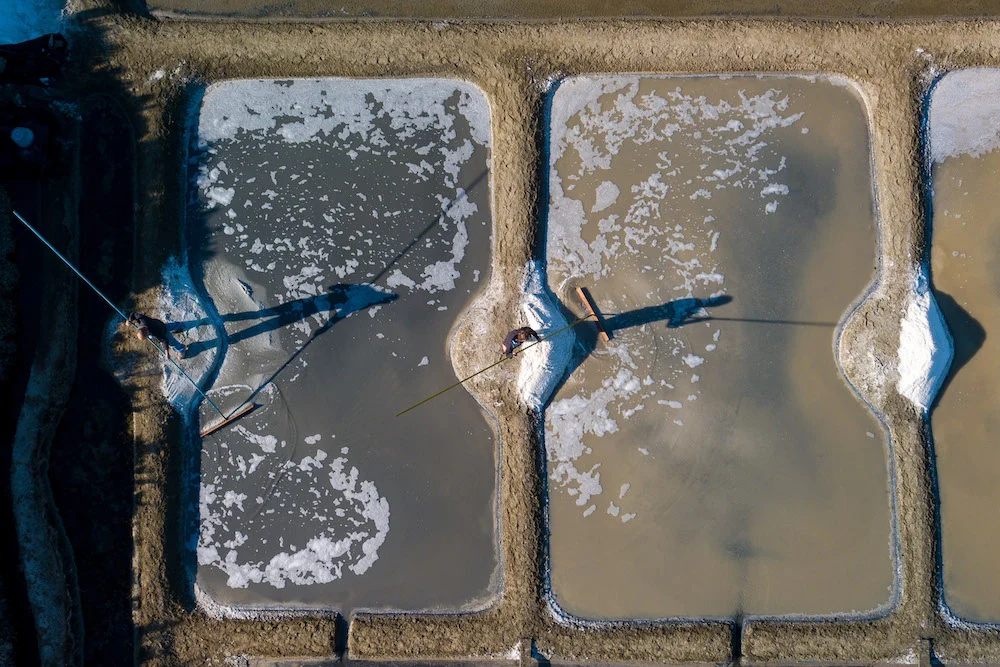
Traceability
Traceability is one of the main elements in the quality approach and control process. From the product delivered by the associated salt workers and providers, we find the processes of transformation and packaging. Each production unit is given a batch number, which .
is the basis of TRADYSEL’s traceability.
With the figures in the code, it is possible to know at any moment :
- Who packed the salt
- When the packaging was carried out
- What quantity was produced
- Which packaging was used. We can thus go back through the traceability elements to the producers of the boxes, lids, bags, buckets…
- Where the product was delivered and in what quantity per client
- The year the raw materials were harvested
- The name of the salt worker who delivered the raw material for flower of salt
Batch codification enables a precise, efficient monitoring of the stages of transformation and packaging.
Certifications
IGP : The PGI is a sign of origin defined at European level attributed to products with a geographical name whose specificity is related to that origin. The PGI allows the protection of products and their names throughout the European Union. Since 2012, Guérande salt has had a PGI guaranteeing its specificities (traditional and manual harvesting techniques, unwashed and unrefined products, no additives, etc.) and its geographical area of production. This PGI provides a guarantee to consumers on the origin and quality of Guérande coarse salt and fleur de sel. TRADYSEL is audited twice a year by Aprosela (Organization of Defense and Management) and once a year by Certipack (certifying body).
Produits en Bretagne : ince 2010, TRAD Y SEL has been a member of the “Produit en Bretagne” (Produced in Brittany) association, who with its 20 years activism, contributes even more today to maintaining local jobs in our region. The idea is to associate industrials and producers with distributors, and work together to develop short supply routes, through a collective brand. The guiding principle being jobs, many companies who do not work in the food industry are part of the 300 members. There is a real diversity of companies (in size and activity sector) which meet around a common will and interest.
Membership criteria are strict, in terms of quality and ethics, and the association has made them even more so, to maintain its common values.
NATURE & PROGRES : With the Nature & Progrès label, we are committed to peasant agriculture. Our salt is harvested in an exceptional ecosystem while respecting living things and people.
Kosher : TRADYSEL obtained Kosher certification in December 2018. At present, TRADYSEL stamped salt can be consumed in all geographical areas where certification is required: Israel, United States, in particular.
